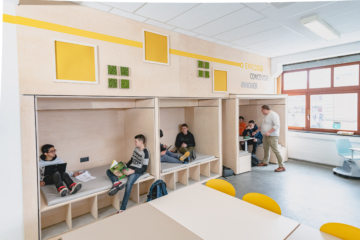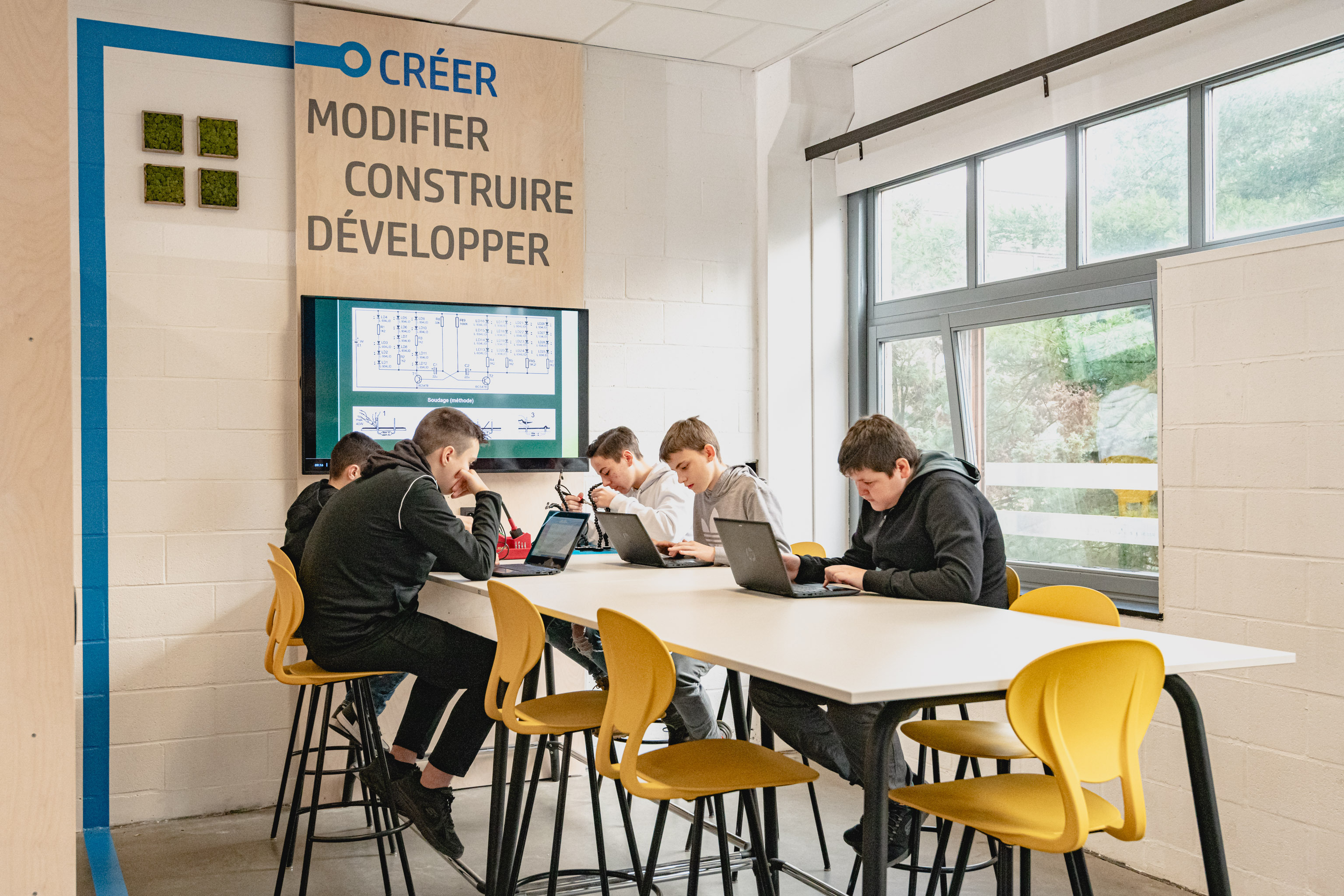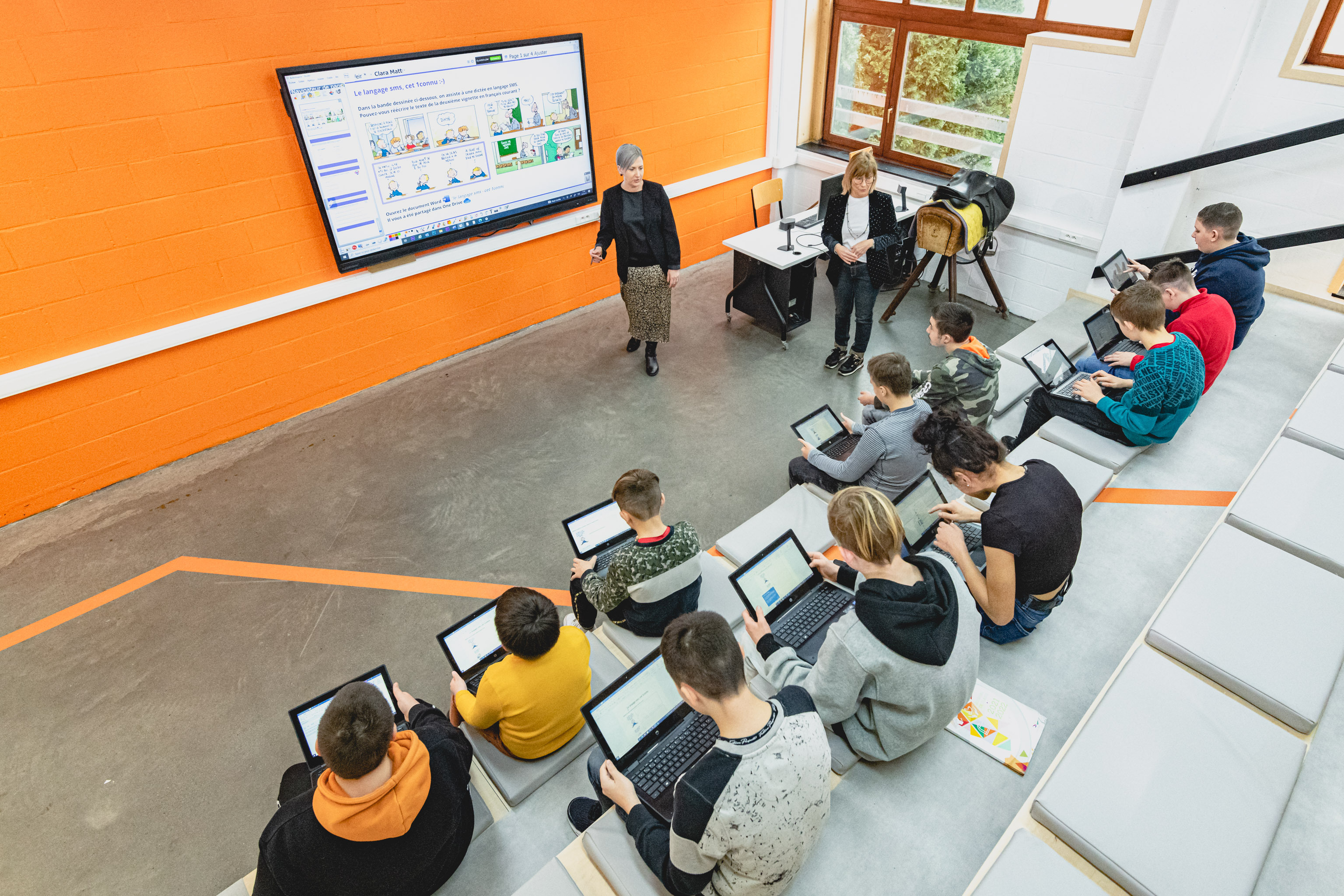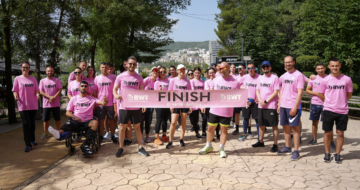Technology partner HP helps build the future of education

In the context of the Office of the Future, HP has been investigating the evolution of the work world as a technology partner for several years now. Social trends and findings have been collected and HP has formulated practical advice to provide organizations with maximum support in the evolution towards a hybrid work environment. Not only is there an evolution going on in the world of work, but there is also a shift in education…
In the context of the Office of the Future, HP has been investigating the evolution of the work world as a technology partner for several years now. Social trends and findings have been collected and HP has formulated practical advice to provide organizations with maximum support in the evolution towards a hybrid work environment. Not only is there an evolution going on in the world of work, but there is also a shift in education…
In the context of the Office of the Future, HP has been investigating the evolution of the work world as a technology partner for several years now. Social trends and findings have been collected and HP has formulated practical advice to provide organisations with maximum support in the evolution towards a hybrid work environment. Not only is there an evolution going on in the world of work, but there is also a shift in education.
Young people today are the digital generation, teachers have a different role to play, and the need for tailor-made education is particularly high. School buildings are outdated, sustainability is gaining in importance, cyber attacks are increasing, and educational institutions must be ready for distance learning.

The shift is in the balance between knowledge and skills. For example, 65% of the children in primary education today will end up in jobs that do not yet exist. To prepare children and young people, the OECD and the World Economic Forum defined a number of skills that are important. This resulted in four fundamental skills that youngsters must learn at school: critical thinking, cooperation, creativity and communication. It will enable them later to pursue higher education and to enter the constantly evolving labour market without a hitch.
In Belgium too, the evolution of education - more specifically digitalisation – can count on support. Flanders introduced the 'Digisprong' in 2020, while in Brussels and Wallonia, 'Le Pacte pour un enseignement d'excellence' was concluded. Of course, digitisation goes much further than simply providing students with notebooks. It’s about a different way of teaching and learning in which all the possibilities of digital learning are optimally addressed.
Every educational institution has a crucial role to play in teaching these skills and is trying to meet the challenges. However, traditional school set-ups offer no or too little space. Based on its knowledge and experience in the professional world and to help educational institutions, HP founded the project ‘De Klas Heruitgevonden.’ With this approach, HP supports educational institutions to create a renewed learning environment that includes all aspects of an ideal classroom: different learning zones - no matter how big or small the space - equipped with the right (adaptable) infrastructure and digital tools to create an interactive situation in which students do not just passively consume the learning material, but actually help to create it. The use of the different learning zones obviously depends on the teacher’s didactic method. The teacher decides whether to spend an entire lesson in one zone or in different zones. Which zones can be created and which activities can be performed?
- In the thinking zone, pupils can gather information in their own way and at their own pace. For example, by looking things up independently (digitally or physically) or by assimilating or repeating the taught material. This zone is quiet and inspiring.
- In the design zone, students can collaborate in groups, share ideas and work on exercises. Again, this can be done digitally, but also simply with pen and paper. ‘Working together’ is key.
- In the creation zone, students can work out things alone or together, with specialised (computer) equipment or with their hands. The focus here is on creativity, development and creation.
- Finally, in the presentation area, learning material can be shared within a group. For example, a teacher giving a class lesson or a pupil delivering a lecture. This zone is all about communication.
Just as the hybrid working environment offers many advantages, the renewed learning environment also has benefits to offer: not only will young people be more ready for higher education, they will also be better prepared to enter the labour market later on. Teachers can give their pupils extra attention, offer support and challenge them. They can teach in a more interactive, dynamic way, which increases the students’ involvement.
The Institut Technique et Commercial de Boussu recently installed an updated learning environment. Check the result on https://deklasheruitgevonden.be/.

Latest insights & stories

A Global Movement: The World Unites in a Pink Pledge for Clean and Sustainable Water
5,000 participants. 32 countries. €30,000 funds raised. And that's just the beginning.
Picture this: One step that sends ripples across the globe, transforming lives and creating waves of change. You might wonder, how can such a simple action for most of us have such a profound impact?

Sustainability and circularity in construction
Join us in transforming the future of construction, creating buildings that not only stand the test of time but also contribute to a healthier planet!

RainTunes: Shower scenarios for the soul
Light, hearing, smell, and touch: Together with experts, we have developed sensuous scenarios that turn showering into an individual experience. Whether you want to prepare for the day ahead or relax after working out. Whether you want to refresh after a day’s work or unwind at the end of the evening: RainTunes surprises with multisensory experiences.*
*Currently available only in Germany and Austria.